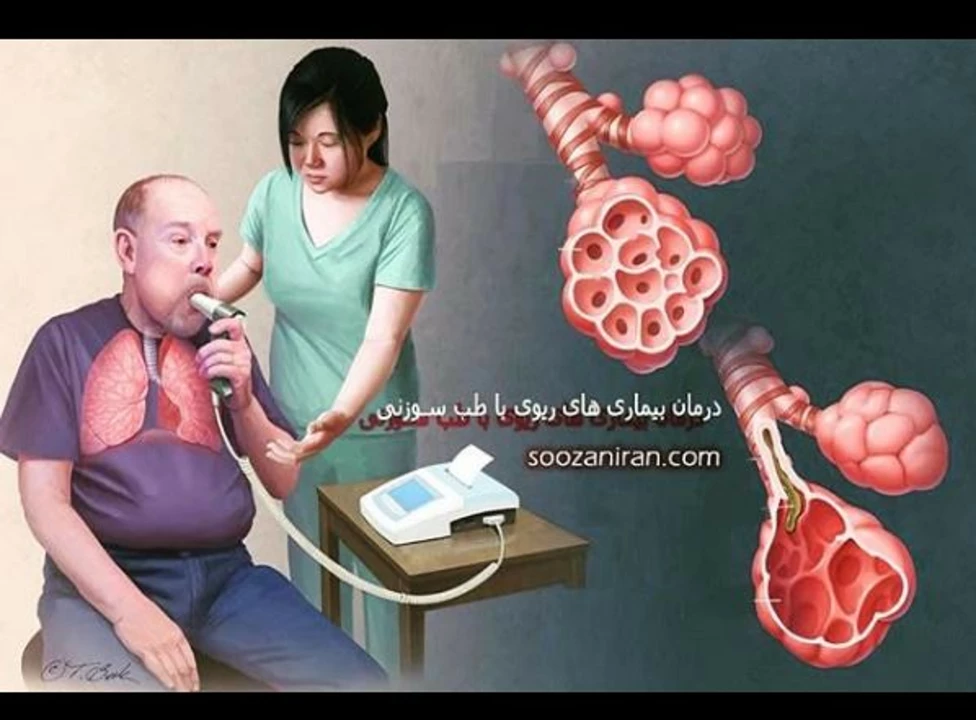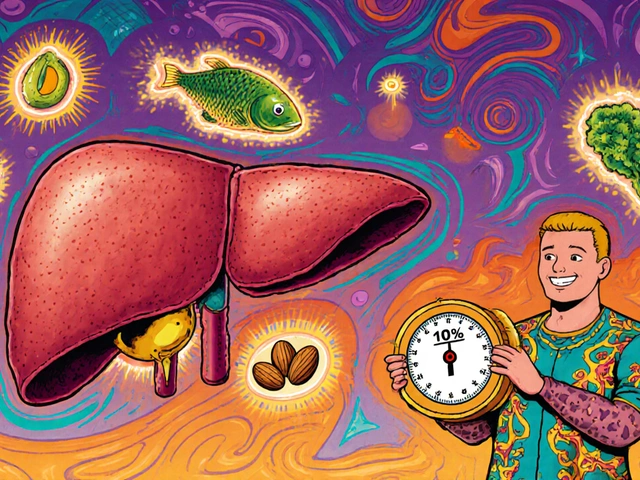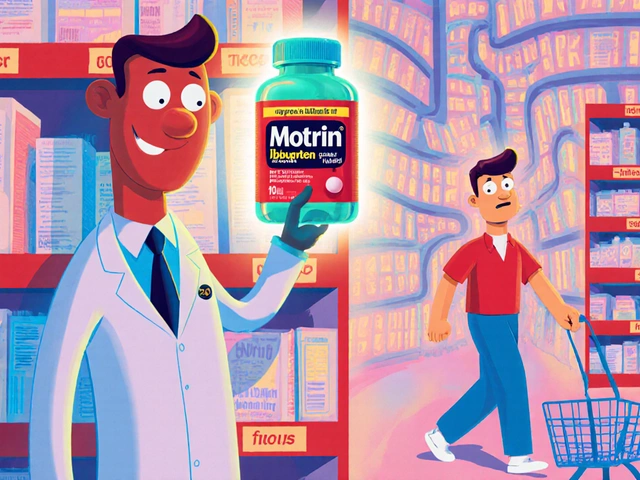Art Therapy: Simple Ways to Boost Your Mood and Reduce Stress
If you’ve ever doodled while on a call or painted after a tough day, you already know how soothing it can feel. That’s the core of art therapy – using creative activities to help your brain relax and process emotions.
Why Art Therapy Works
When you draw or paint, you give your mind a break from constant thoughts. The act of creating triggers the release of dopamine, which lifts mood naturally. At the same time, visualizing feelings on paper helps you see what’s bothering you without having to talk about it first.
Easy Art Therapy Ideas You Can Try Today
1. Doodle while listening to music. Grab a pen and let your hand move wherever the beat takes you. No need for perfect sketches – just keep the lines flowing.
2. Color‑by‑number or adult coloring books. These give structure but still let you choose colors that match how you feel. It’s a low‑pressure way to focus attention away from stress.
3. Collage your thoughts. Cut out images from magazines, print pictures online, and glue them onto a board. Arrange the pieces to tell a story about what’s on your mind right now.
4. Write and illustrate a short comic strip. Even stick figures work. Sketch a tiny scene that shows a problem you face, then draw another panel with a hopeful outcome.
5. Use watercolors for free‑form painting. Let the brush run wet across the paper; watch how colors blend and change. This mimics how emotions can mix together.
All of these activities need just a few supplies – a pen, some paper, maybe some crayons or paints. The goal isn’t to create a masterpiece but to give your brain a chance to unwind.
If you’re dealing with anxiety or depression, try setting aside 10‑15 minutes each day for one of the ideas above. You’ll often notice that after the session you feel lighter and clearer about what’s bothering you.
Art therapy can also complement medical treatments. While medication works on the chemical side of mood, creative work tackles thoughts and feelings directly. Talk to your doctor or therapist if you want to combine both approaches – many professionals now recommend adding art activities to a treatment plan.
Remember, there’s no right or wrong way to do this. If you spill paint or make a mess, that’s part of the process. The mess shows you’re letting go of perfection and allowing yourself to feel.
Want more ideas? Search for local art‑therapy groups or online workshops. Some community centers offer free sessions where you can meet others who use creativity to cope with stress.
Bottom line: you don’t need a fancy studio or years of training. A simple sketchpad and an open mind are enough to start feeling the benefits of art therapy right now.
The Benefits of Art Therapy for Chronic Obstructive Pulmonary Disorder Patients
As a chronic obstructive pulmonary disorder (COPD) patient, I've discovered that art therapy has numerous benefits for people like me. Not only does it help reduce anxiety and stress, but it also improves our mental well-being and overall quality of life. Engaging in creative activities allows us to express our emotions and cope with the challenges of living with COPD. Furthermore, art therapy promotes relaxation and mindfulness, which are essential for maintaining a healthy lifestyle. I encourage fellow COPD patients to explore art therapy and experience the positive impact it can have on our lives.






